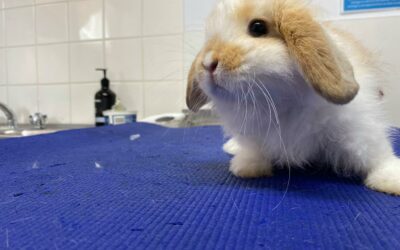The paralysis toxin which the tick produces, comes from the salivary glands of the adult tick. For our dogs and cats, the result of tick paralysis could end in death. So let us speak firstly of prevention.
By far the best, if not the only means of prevention is to search your pet daily; this means running your fingers over every square inch of its body. Particular attention is needed for the head, neck, shoulders and forelimbs but do not forget between the toes, in the ears and even inside the mouth. Ticks can be found anywhere on your pet – SO BE VIGILANT! Ticks, even large ones can easily be missed, so the more members of your family that can spare the time to go over your pet the better.
Products are available in the form of chewy tablets, collars, top spot products and rinses. While use of these products does help, there is unfortunately no product that will give a 100% guarantee. This is why we highly recommend daily searching of your pet. Also, if your pet has a long or thick coat, having them clipped short for the summer months makes searching for ticks that much easier.
Products available for DOGS we stock and recommend
SIMPARICA CHEW TABLETS
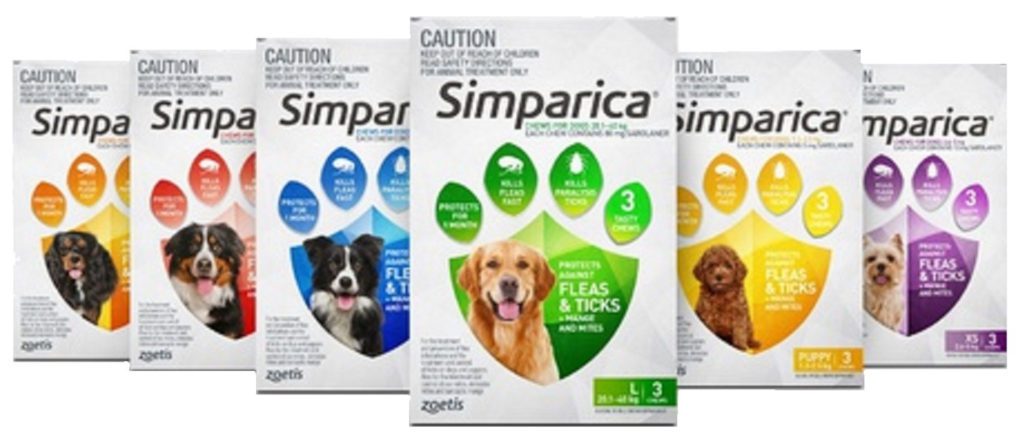

Given ONCE A MONTH it controls both fleas and ticks!
An flavoured oral chew which starts killing fleas within 3 hours, and will start killing ticks within 8 hours, plus has a claim for controlling skin mites! It is great for those dogs who regularly swim and unlike top spot products that need to be applied at certain times after swimming and bathing, this can be used at any time!
It is safe to use on puppies from 8 weeks of age and from 1.3kg of body weight.
NEXGARD SPECTRA ORAL CHEW TABLETS
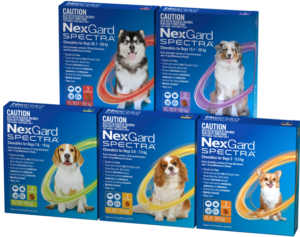

Given ONCE A MONTH it controls both fleas and ticks, as well as heartworm, some intestinal worms and mites!
This flavoured oral chew will start killing fleas and ticks fast! It is a great product to use for those dogs who regularly swim and unlike top spot products that need to be applied at certain times after swimming and bathing, this can be used at any time!
It is safe to use on puppies from 8 weeks of age and from 2kg of body weight.
BRAVECTO CHEWS
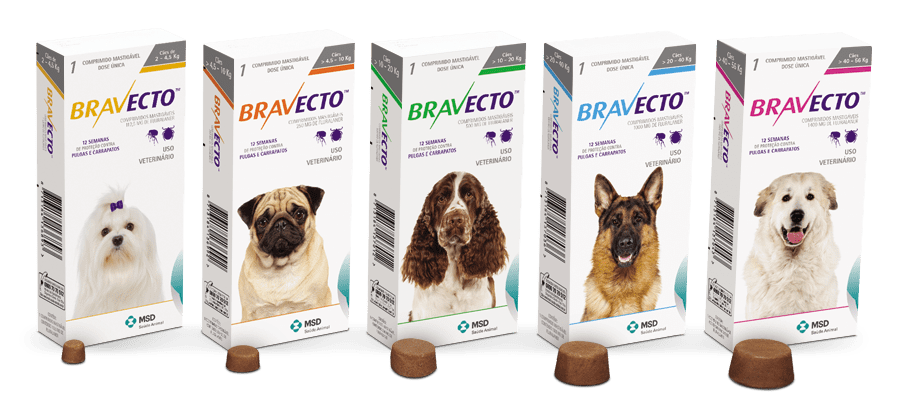

Given ONCE EVERY 3 MONTHS to controls both fleas and ticks! This flavoured oral chew will also kill fleas and ticks fast! Again, great for those dogs who regularly swim and safe to use on puppies from 8 weeks of age.
BRAVECTO TOPSPOT LIQUID:
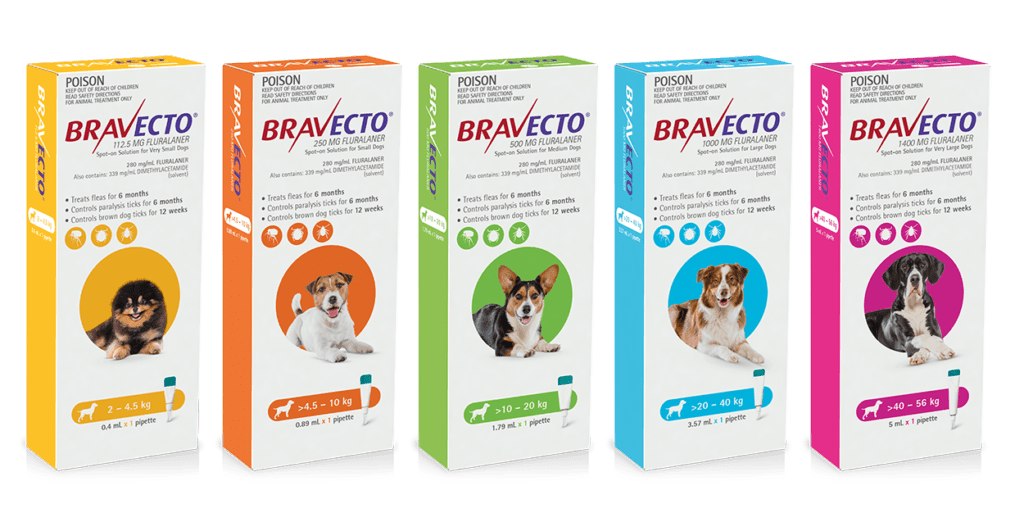

Given ONCE EVERY 3 MONTHS to controls both fleas and ticks! This flavoured oral chew will also kill fleas and ticks fast! Again, great for those dogs who regularly swim and safe to use on puppies from 8 weeks of age.
SERESTO COLLAR:
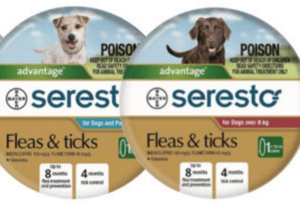

Seresto isn’t like any other flea or tick collars. The polymer matrix technology provides up to 8 months protection from fleas and 4 months control of ticks. It’s a convenient, water-resistant and odour-less way to kill ticks and fleas.
NEXGUARD*
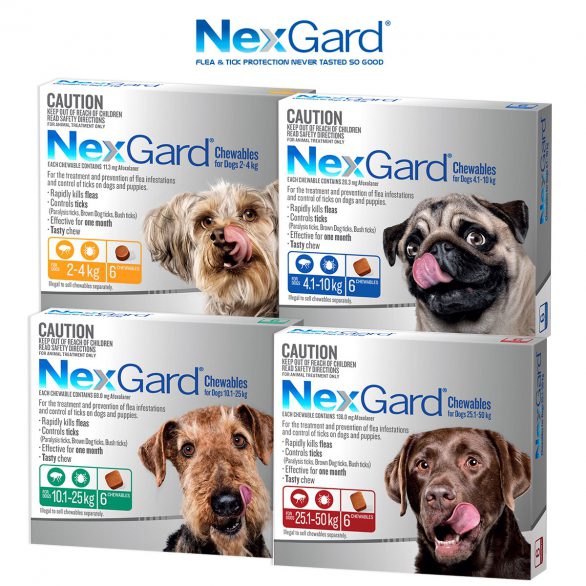

Given ONCE A MONTH it controls both fleas and ticks! This flavoured oral chew will start killing fleas and ticks fast! It is a great product to use for those dogs who regularly swim and unlike top spot products that need to be applied at certain times after swimming and bathing, this can be used at any time! It is safe to use on puppies from 8 weeks of age.
* Not Stocked at Mona Vale Vet.
Products available for Cats we stock and recommend
BRAVECTO TOPSPOT LIQUID:
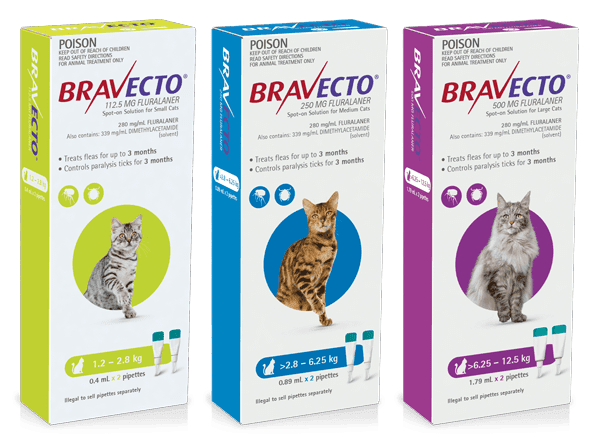

Simply applied to the skin on the back of the neck, Bravecto topspot liquid will protect your cat for up to 3 months against fleas and paralysis ticks.
The TWIST´N´USE tube makes it quick and easy to apply and can be used in kittens from 9 weeks of age, weighing at least 1.2 kg
REVOLUTION PLUS TOP SPOT LIQUID
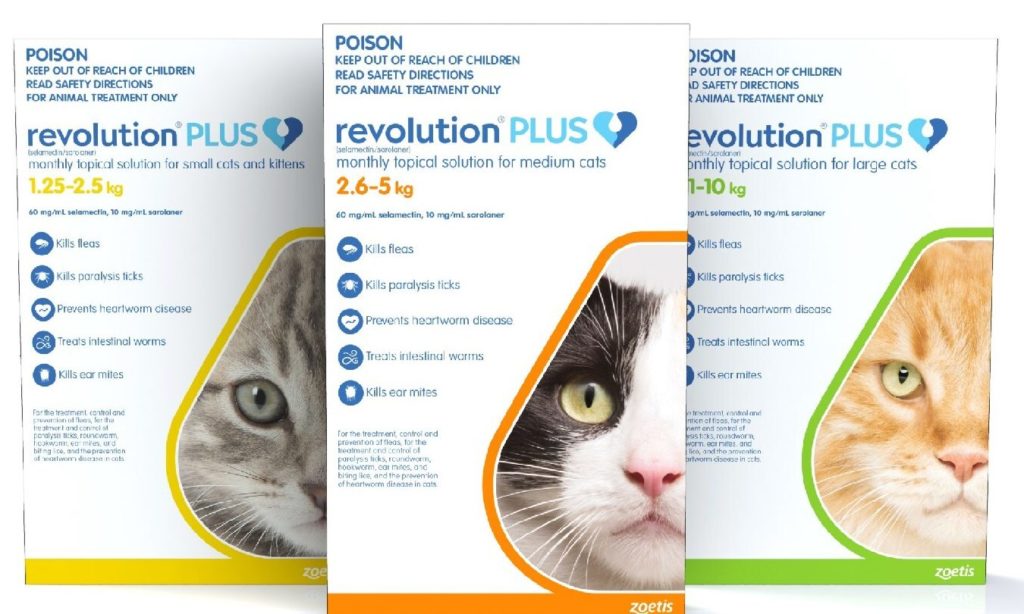

Revolution PLUS is a convenient monthly spot on offering the protection cats need, for the treatment, control and the prevention of fleas, for the treatment and control of paralysis tick, roundworm, hookworm, ear mites, biting lice and the prevention of heartworm disease.
Safe to be used on cats and kittens above 8 weeks of age.
FRONTLINE SPRAY
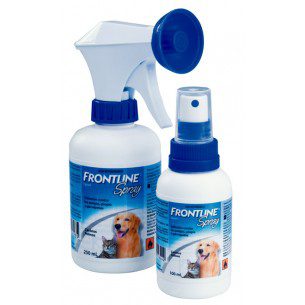

Controls adult fleas when applied every 4 to 12 weeks; controls Flea Allergy Dermatitis (FAD) when applied once a month, controls Paralysis ticks when applied every 3 weeks. Safe to use in kittens from as young as 2 days of age.
If your pet develops any of the following symptoms:
- Wobbly or weak hind legs
- Lethargy
- Vomiting or retching
- Change in the sound of the voice
- Coughing or distressed breathing
Contact your vet Now!
No vet will mind a phone call. Let us ascertain the extent of the poisoning and whether you should bring your pet in for treatment. It is far better to err on the early side, apart from the fact that your pet stands a much better chance of survival. Those pets in advanced stages of poisoning will often need a lot of other supportive therapy as well.
To finish up, here are a few answers to some commonly asked questions:
No breed or crossbreed of dog or cat is more immune than any other is. All are equally susceptible. The age of the animal does not make any difference; all are equally vulnerable. However, the young and the elderly do have a higher mortality rate.
At the beginning of the season, ticks do appear to have greater toxicity; therefore the death rate is higher.
Paralysis tick’s annual life cycle Toward the end of the summer months as you continue to remove ticks from your pets, it is possible that they may have built up some immunity – but don’t rely on it! Immunity will lapse during the winter months when there are few ticks about, leaving your pet just as vulnerable when the new tick season starts.
The tick season generally from September to April
The Paralysis Tick’s annual life cycle is:
- Larva hatch and feed on a host in late February/March
- Moult in moist vegetation
- Emerge as nymph and feed on a host in about July
- Moult in moist vegetation
- Emerge as adults in September/October
- Males mate but don’t feed. Females feed on a host
- Lay eggs and die in December/January.





